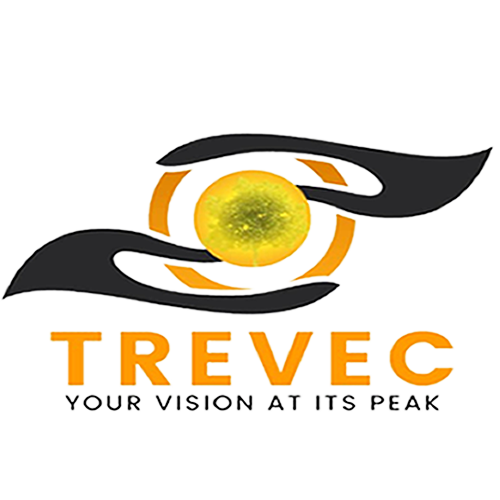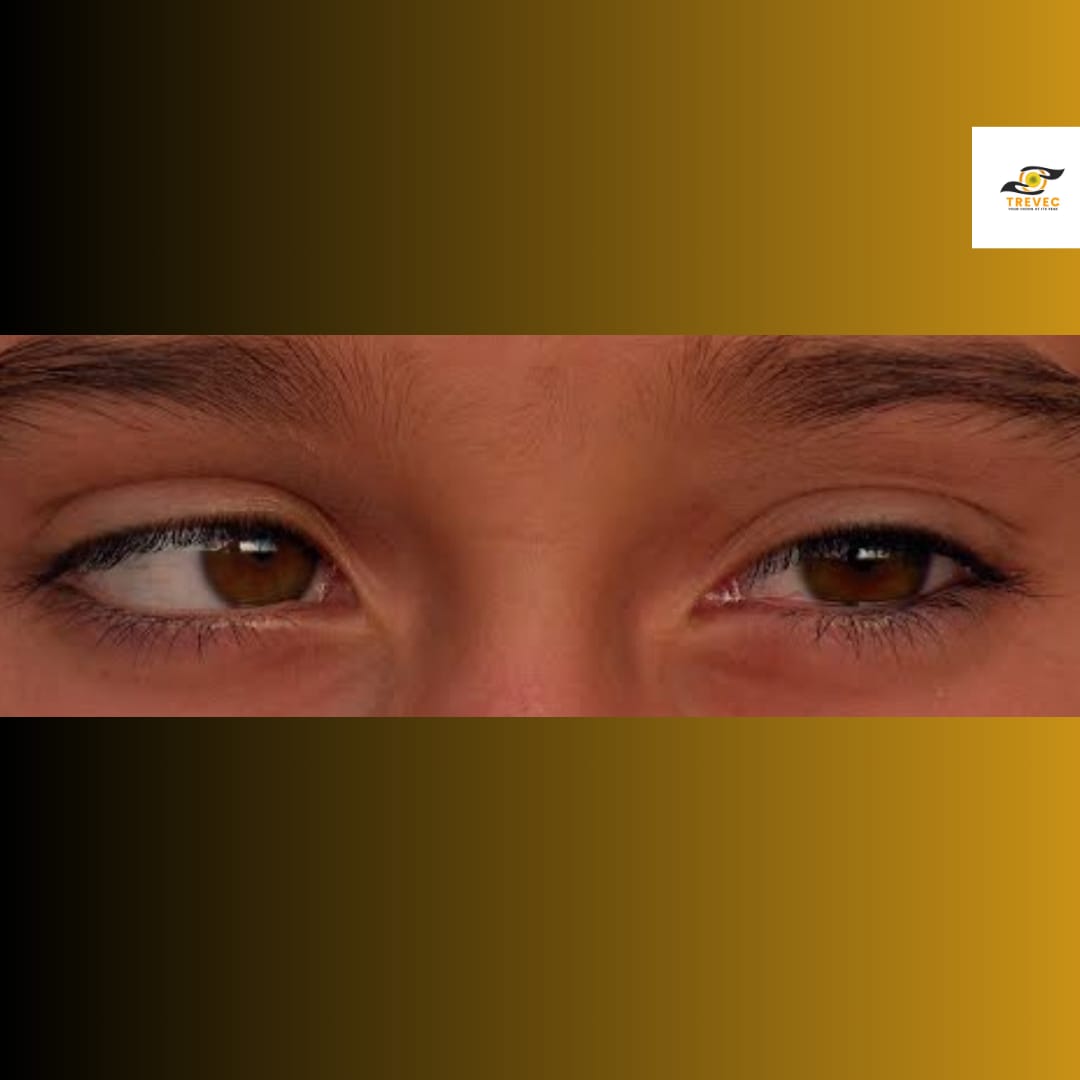In normal healthy eyes, the extraocular muscles attached to each eye work in tandem, receiving signals from the brain to direct their movements.
CAUSES AND RISK FACTORS OF ADULT STRABISMUS (CROSSED EYES)
Adult strabismus occurs when all muscles in both eyes do not work together in a balanced way to focus on a single target or object. This condition that affects eye muscles and alignment of the eyes can be caused by;
- Stroke.
- Head injury
- Uncorrected farsightedness
- Genetics (family history)
- Medical conditions such as diabetes, down syndrome, cerebral palsy, brain tumor.
SYMPTOMS OF ADULT STRABISMUS
Those whose strabismus is long-standing may have experienced the following symptoms and this symptom may be constant or intermittent:
- Poor depth perception
- Double vision
- Eyes look misaligned
- Titling the heads with effort to focus well.
TYPES OF ADULT STRABISMUS
The most common type of adult strabismus based on the direction in which the eyes turn includes:
- Exotropia: occurs when one eye focuses on a target object while the other is outward.
- Esotropia: occurs when one eye focuses on a target object while the other is inward.
- Hypertropia: upward turning of one eye.
- Hypotropia: the downward turning of one eye.
EFFECT OF STRABISMUS ON VISION
The brain processes the information obtained from both eyes. When both eyes present different information, it puts the brain into a state of confusion, causing the brain to suppress the information received from the deviated eye, which can lead to a condition called LAZY EYE (amblyopia).
As you stay tuned to our upcoming post to know if adult strabismus is treatable, please leave a comment if you have ever come across someone with this condition. TREETOP VISION EYE CENTRE (TREVEC), the best eye care clinic in Utako Abuja, cares for your eye health.
TREVEC CARES!!!



Thank you for this insightful information. I’ve seen this condition in individuals with autism also.
Some actually live with it not know there’s treatment for it.